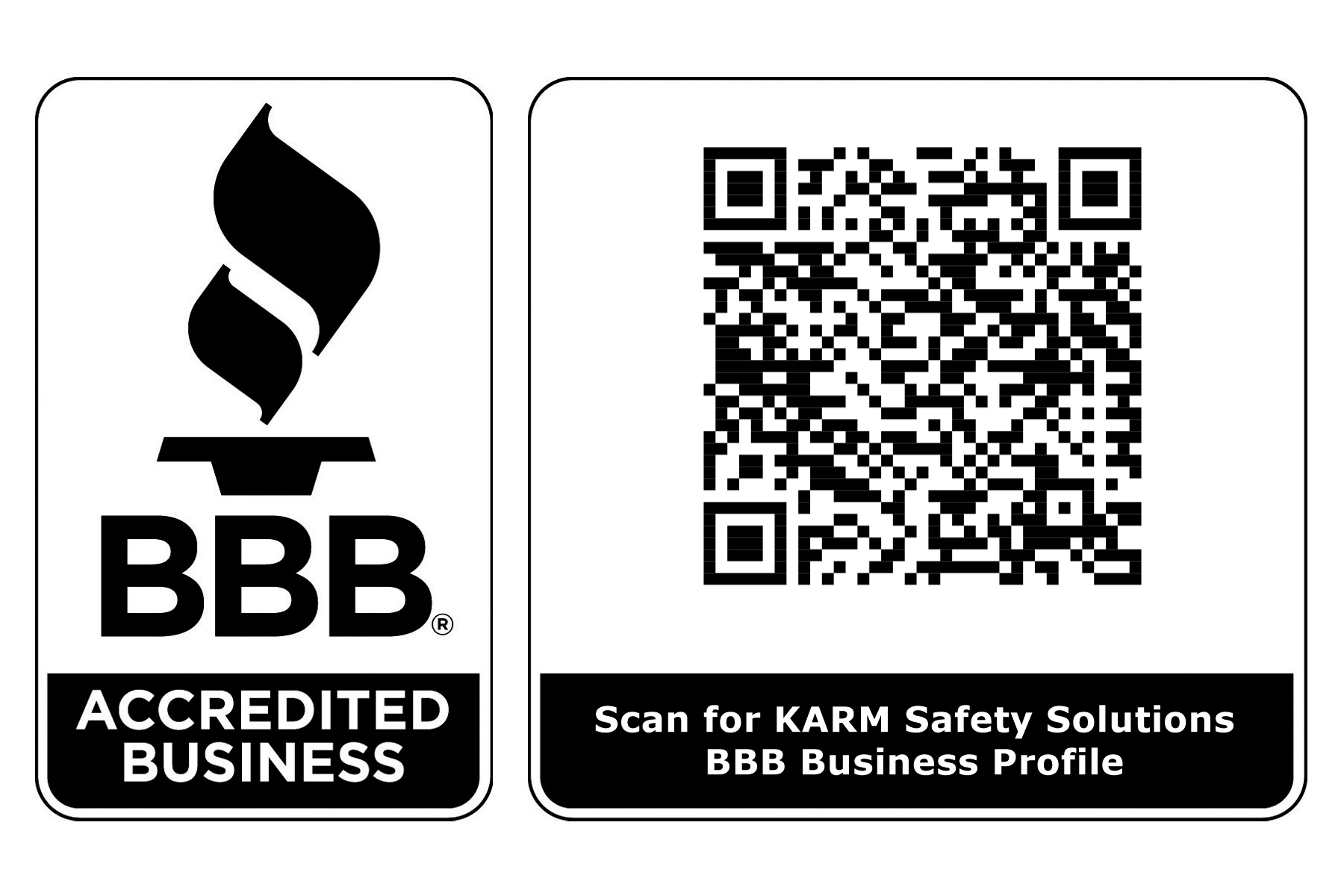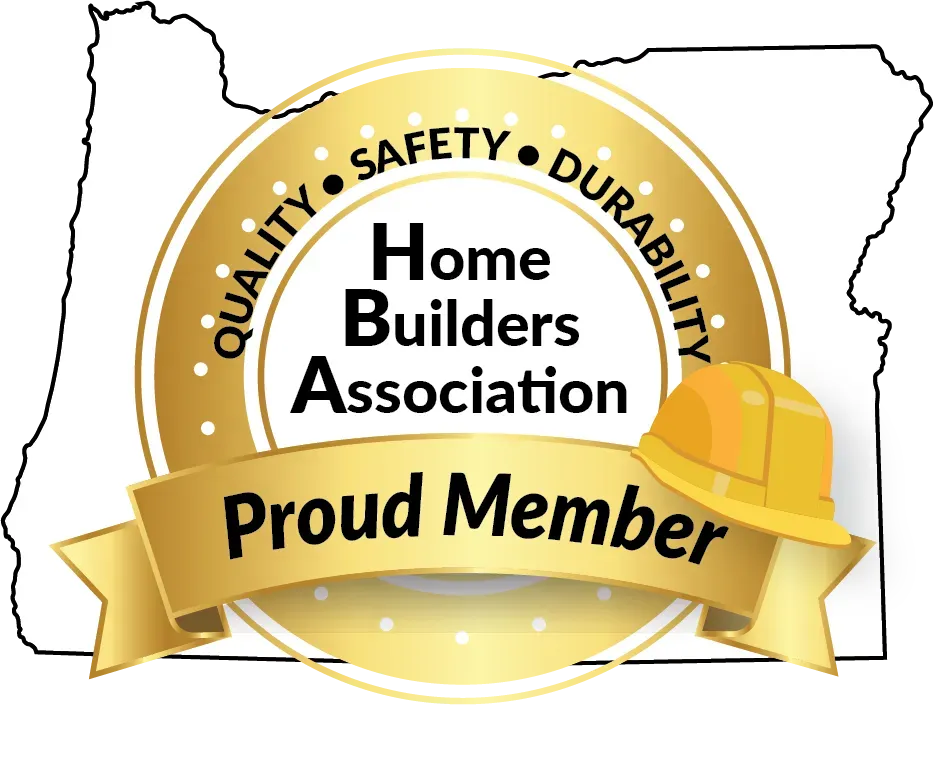Everything You Need to Know About OSHA Aerial Lift Training Requirements
Working at heights presents significant risks, and aerial lifts such as boom lifts and scissor lifts are essential for accessing elevated work areas safely. However, improper use of this equipment can result in severe accidents, regulatory fines, or even fatalities. To ensure safety and compliance, OSHA aerial lift training requirements mandate that all operators be properly trained before using aerial lifts. Whether you're a business owner, safety manager, or operator, understanding these requirements is crucial to maintaining a safe work environment and avoiding penalties.
OSHA’s Key Aerial Lift Training Requirements
To stay compliant, employers must provide training that covers the following critical areas:
1. Equipment-Specific Training
Operators must be trained on the exact type of aerial lift they will use, whether it’s a:
· Boom Lift
· Scissor Lift
· Bucket Truck
· Vertical Lift
Each machine has unique operating procedures, weight limits, and safety features. OSHA requires hands-on training to ensure operators fully understand their equipment.
2. Fall Protection and Safety Measures
One of the biggest risks with aerial lifts is falling from height. To prevent this, operators must:
· Wear a full-body harness with a lanyard (for boom lifts)
· Ensure proper use of guardrails on scissor lifts
· Avoid standing on the edge of platforms or using ladders inside lifts
3. Hazard Recognition and Emergency Procedures
Operators must be trained to recognize common hazards, including:
· Power lines and electrical risks
· High winds or unstable ground
· Overloading and exceeding weight limits
They must also know how to respond to emergencies, including equipment malfunctions and rescue procedures.
4. Performance Evaluation and Certification
After completing the training, operators must pass a performance test to demonstrate safe operation. Employers must:
· Document training records and keep them available for OSHA inspections
· Provide refresher training if an operator is involved in an accident or uses new equipment
· Recertify workers every three years or sooner if necessary
What Happens If You Ignore Training?
Ignoring OSHA aerial lift training requirements doesn’t just put workers at risk it also comes with serious consequences:
1. Fines & Penalties: OSHA can issue heavy fines for non-compliance, ranging from thousands to millions of dollars depending on the severity of violations.
2. Legal Liability: If an untrained operator causes an accident, the company could face lawsuits and compensation claims.
3. Equipment Damage & Project Delays: Unsafe operation can lead to equipment failures, expensive repairs, and costly downtime on job sites.
Last Words:
At KARM Safety Solutions, we understand that workplace safety is non-negotiable. Ensuring your team receives proper aerial lift safety training isn’t just about meeting regulations it’s about protecting lives, preventing costly accidents, and maintaining efficiency on the job site. Our OSHA-compliant training programs equip your workers with the skills they need to operate aerial lifts safely and confidently. Don't wait until an accident happens or OSHA issues a hefty fine. Get your team certified today! Contact KARM Safety Solutions to schedule your training and ensure compliance with OSHA aerial lift training requirements before it’s too late.













